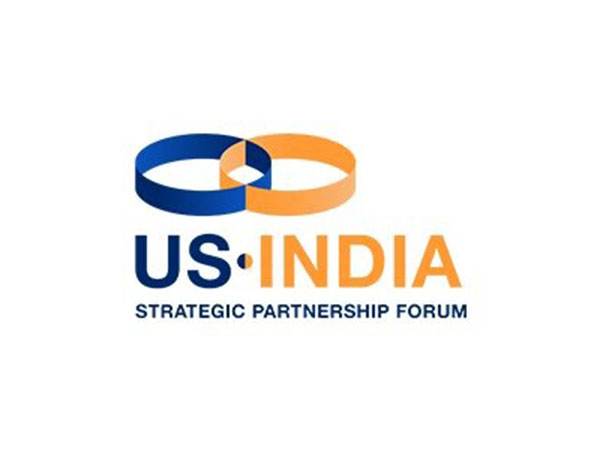Prime Minister Modi's US Visit Fortifies Strategic Partnership
Prime Minister Narendra Modi's visit to the US for the Quad Leaders' Summit and UN General Assembly marked a significant milestone, reinforcing the US-India strategic partnership. Key discussions with President Biden focused on enhancing defense cooperation, advancing technology initiatives, and tackling global challenges like climate change and economic growth.

- Country:
- United States
WASHINGTON, D.C.—Prime Minister Narendra Modi's visit to the United States for the Quad Leaders' Summit and the United Nations General Assembly on September 21 has significantly bolstered the strategic partnership between India and the US. This visit has been pivotal, with President Joe Biden and Prime Minister Modi reaffirming that the US-India Comprehensive Global and Strategic Partnership is a defining alliance of the 21st century.
During the Quad Summit and subsequent bilateral discussions, both leaders underscored the shared interests and priorities of the two democracies. The US-India Strategic Partnership Forum (USISPF) emphasized the necessity to elevate these shared interests to tackle the urgent challenges of the 21st century. The rapid progress seen in the US-India Major Defence Partnership remains crucial for security in the Indo-Pacific region.
The partnership has flourished with successful initiatives like the Critical and Emerging Technology (iCET) and the India-US Defence Acceleration Ecosystem (INDUS-X). These programs have deepened cooperation in space exploration, semiconductors, artificial intelligence, quantum computing, biotechnology, and advanced telecommunications, as highlighted in PM Modi's roundtable with tech CEOs.
The establishment of a new semiconductor fabrication facility in India will enhance manufacturing potential, strengthen national security, and attract American investors. Additionally, the partnership is key in helping India achieve its Net Zero goals by 2070, fostering a clean economy and mitigating climate change impacts.
The successful Chandrayaan-3 mission has opened doors for deeper space collaboration between NASA and ISRO, aiming for further scientific research on the International Space Station in 2025. Development ecosystems are also a priority, with joint research opportunities between leading scientific institutions and private sector researchers advancing the 'Innovation Handshake.'
PM Modi's visits to Ukraine, Poland, and leadership at the G20 Summit have positioned India as a bridge-builder for global peace and a voice for the Global South, a role acknowledged by Washington. Both nations will continue to strengthen their military partnership to maintain a free and open Indo-Pacific region.
Joint efforts in drone technology, jet engine manufacturing, and defense systems like Javelin and Stryker are critical for operational coordination and defense innovation. Increased bilateral military exercises such as Tiger Triumph and Yudh Abhyas bolster defense ties and global security.
New Delhi's ratification of agreements under the Indo-Pacific Economic Framework for Prosperity (IPEF) demonstrates a commitment to enhancing trade, supply chain resilience, and clean energy. The IPEF partners represent significant global economic and trade volumes.
India will open new consulates in Boston and Los Angeles, adding to the recent one in Seattle, reflecting the strong Indian diaspora in the US and the need for increased diplomatic engagement. The recent visit showcased the depth of US-India friendship and optimism from both governments.
As President Biden concludes his term, the USISPF expressed gratitude and noted that future administrations are expected to build on the strategic partnership, prioritizing the Indo-Pacific in Washington's geostrategic outlook.
(With inputs from agencies.)










